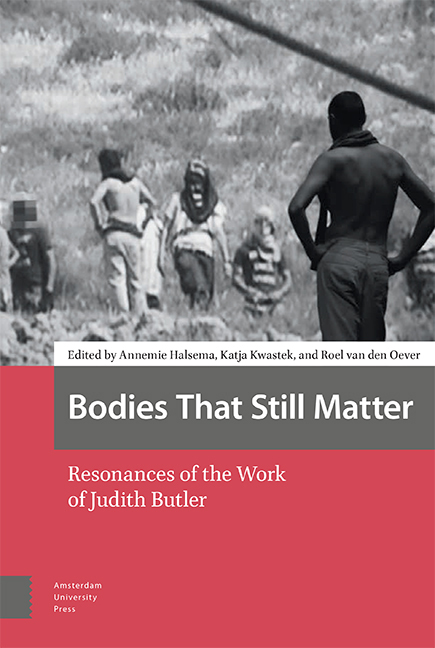Strategies of (Self-)Empowerment: On the Performativity of Assemblies in and as Theatre
Published online by Cambridge University Press: 27 May 2021
Summary
Abstract
By drawing on Butler's concepts of assembly, appearance, and precarity, it is argued that the aesthetic assembly in theatre, quite often, is closely related to various forms of political assemblies, historical and recent, in encouraging self-empowerment of its spectators, and at times also its actors. To make the point, three periods in German theatre history from 1750 until today are considered: First, the theatre of the educated middle class in the eighteenth century. Second, the workers’ mass spectacles in the Weimar Republic. And third, some forms of choric theatre since the 1990s as well as Christoph Schlingensief's productions featuring different kinds of people in a precarious status. Finally, as regards their capacity to self-empowerment, they are related to the Occupy movement.
Keywords: self-empowerment, emotional communities, mass spectacles, bonds of solidarity, choric theatre, appearance of the socially invisible
The Occupy movements that emerged in different parts of the world over the last years inaugurated and shaped a new form of political protest. Until the beginning of the twenty-first century, people would voice their discontent by assembling and forming a demonstration, marching through the streets, shouting demands and carrying banners with apposite slogans. They would head to a specified public place where a meeting would take place before the demonstration dissolved.
This was also the format of the so-called Monday demonstrations in the former German Democratic Republic (GDR), which ultimately led to the reunification of the two German states. Taking place not only in Leipzig, but also in Dresden, Halle, Karl-Marx-Stadt (today's Chemnitz), Magdeburg, Plauen, Arnstadt, Rostock, Potsdam, and Schwerin, the people marched through the streets forming protest choruses and chanting the slogan “Freiheit!” (“Freedom!”) and “Wir sind das Volk!” (“We are the people!”). On October 9, 1989 – two days after the celebration of the fortieth anniversary of the GDR – a mass demonstration of about 130,000 citizens formed in Leipzig after a “prayer for peace” was held at several churches. The people left the service with burning candles in their hands as a sign of their peaceful intentions. The slogan had changed: now they were chanting “Wir sind ein Volk!” (“We are one people!”). From that point onward, the number of participants of the Monday demonstrations grew on a weekly basis.
- Type
- Chapter
- Information
- Bodies That Still MatterResonances of the Work of Judith Butler, pp. 155 - 176Publisher: Amsterdam University PressPrint publication year: 2021



